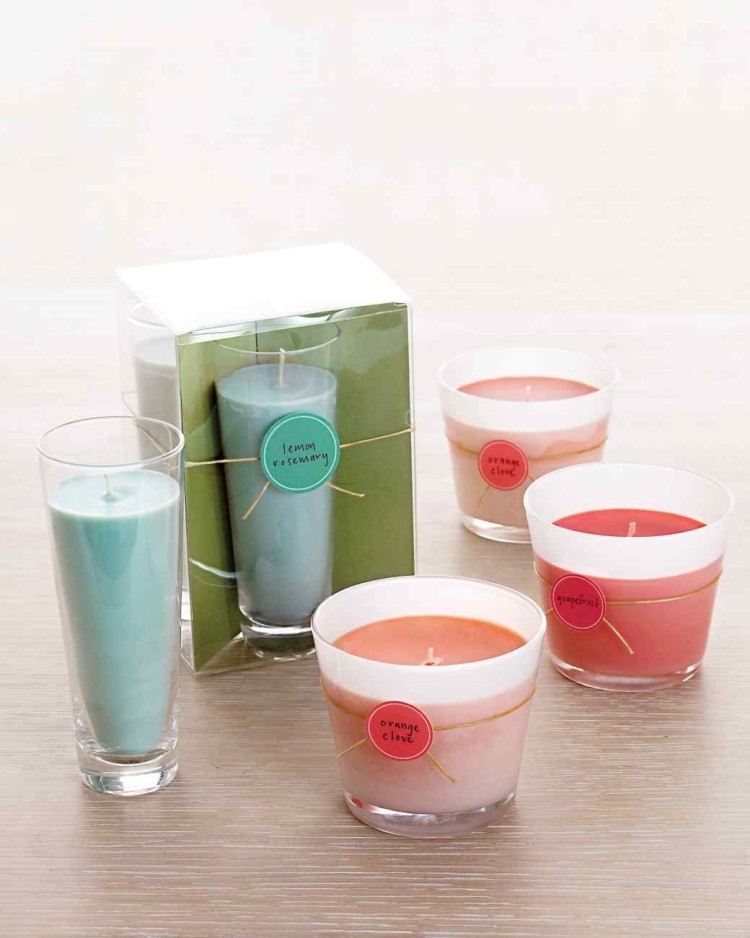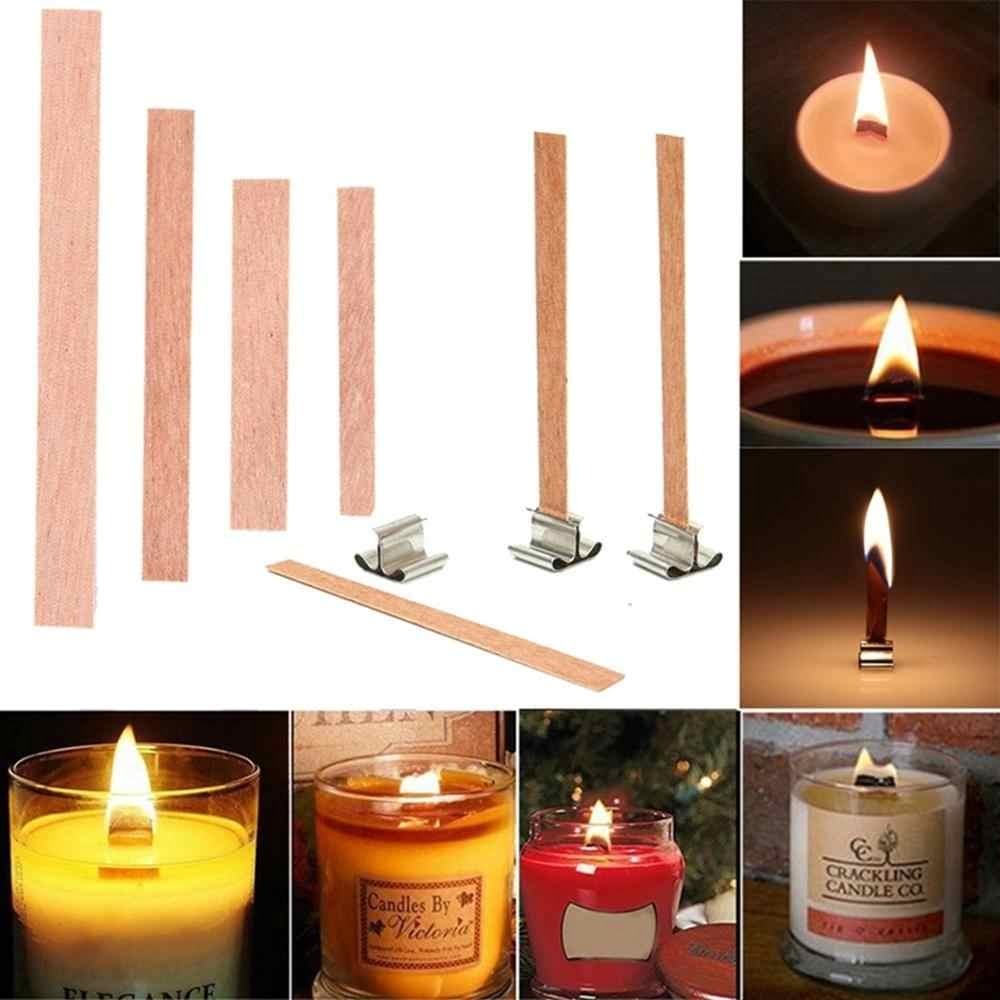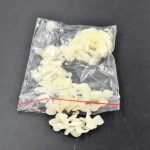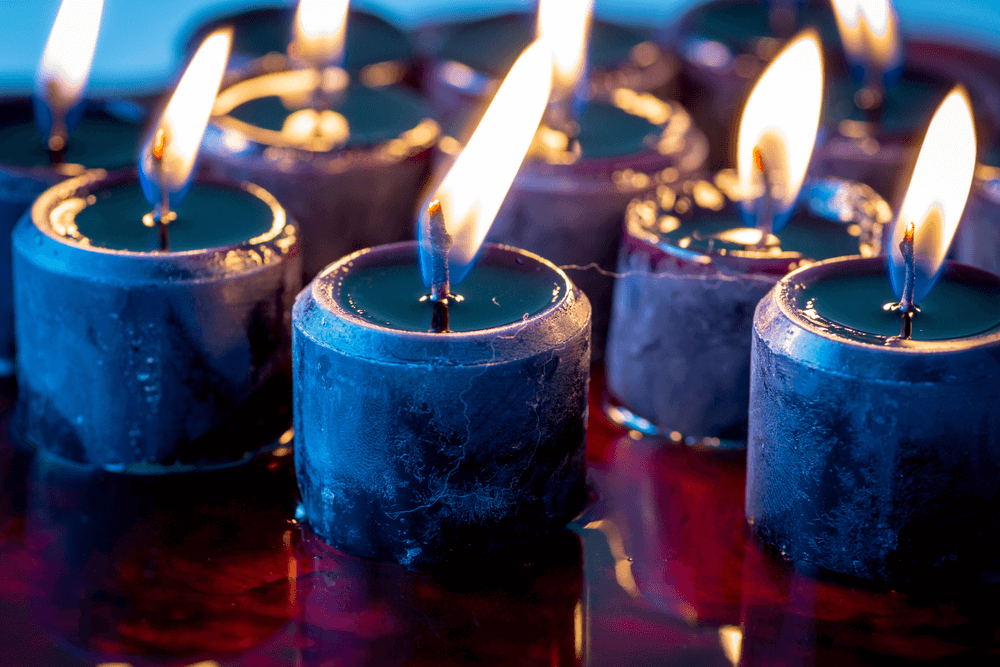Are you interested in diving into the craft of making the perfect candle? Candle making is not just a hobby, it’s an art form that allows you to express your creativity and create personalized scents for your home. From choosing the right wax to selecting the ideal fragrance, there are many factors to consider when embarking on your candle making journey.
The key to making the perfect candle lies in attention to detail and a passion for creating something unique. By understanding the different types of wax available, selecting the perfect fragrance, and using essential tools and materials, you can craft a candle that reflects your personal style and preferences. Whether you’re a beginner or seasoned candle maker, this article will guide you through the process of creating candles that ignite joy and comfort in any space.
In this comprehensive guide, we will explore everything you need to know about making the perfect candle. From step-by-step instructions on how to make your own candle to troubleshooting common issues that may arise along the way, we’ve got you covered.
Get ready to unleash your creativity and enhance your living space with beautifully crafted candles that not only look stunning but also fill your room with invigorating scents. Let’s embark on this journey together as we delve into the art of candle making.
Choosing the Right Wax for Your Candle
When it comes to making the perfect candle, one of the most crucial factors to consider is choosing the right wax. The type of wax you select will not only determine the burning time and scent throw of your candle but also influence its overall appearance. To help guide you in this process, here are some popular waxes commonly used in candle making:
- Paraffin Wax: Known for its ability to hold a high fragrance load and produce vibrant colors, paraffin wax is a traditional choice for many candle makers. It gives off a strong scent throw and creates a shiny finish on candles.
- Soy Wax: Made from soybean oil, soy wax is a natural and eco-friendly option for those looking for a clean-burning candle. Soy wax candles have a slower burn time and offer a more subtle fragrance compared to paraffin wax.
- Beeswax: Renowned for its natural honey-like aroma and long burn time, beeswax is a premium choice for high-quality candles. Beeswax candles have a distinctive golden hue and emit negative ions that can purify the air.
Each type of wax has its own unique characteristics, so it’s essential to consider your preferences and the desired outcome when selecting the right wax for your candle making project. Experimenting with different waxes can also open up new possibilities for creating customized candles tailored to your specific needs and preferences.
In addition to choosing the base wax, you may also want to explore blended waxes that combine different types of waxes to achieve specific characteristics in your candles. Whether you opt for paraffin, soy, beeswax, or a custom blend, remember that the quality of your candle ultimately depends on how well-suited the chosen wax is to the type of candle you are making
By carefully considering these factors, you can take an important step towards making the perfect candle that meets both your aesthetic and functional requirements.
Selecting the Ideal Fragrance for Your Candle
One of the key factors to keep in mind when selecting a fragrance for your candle is the scent throw. This refers to how well the fragrance fills a space when the candle is lit. Stronger scents are ideal for larger rooms or open spaces, while milder fragrances work well in smaller areas. Additionally, it’s important to consider if you want a single-note fragrance or a blend of multiple scents for a more complex aroma.
When making the perfect candle, experimenting with different fragrance combinations can lead to unique and appealing results. It’s also important to test your chosen fragrances before committing to a large batch of candles. By creating sample candles with varying scent ratios, you can fine-tune the balance until you achieve the desired outcome. Remember that the goal is not just to have a beautifully designed candle but also one that emanates an alluring and captivating fragrance when lit.
| Fragrance Selection | Considerations |
|---|---|
| Scent Throw | Stronger scents for larger rooms; milder fragrances for smaller spaces |
| Fragrance Combos | Experiment with single-note or blended fragrances for unique aromas |
| Testing | Create sample candles to fine-tune fragrance ratios before production |
Essential Tools and Materials Needed for Candle Making
When it comes to making the perfect candle, having the right tools and materials is essential. Here are some of the key items you will need to ensure your candle making process runs smoothly:
- Wax: The type of wax you choose will greatly impact the quality and burn time of your candle. Popular options include paraffin, soy, beeswax, and coconut wax. Consider the pros and cons of each before making your selection.
- Wicks: Selecting the appropriate wick size for your candle is crucial in ensuring an even burn. Wicks come in different thicknesses and materials, so be sure to choose one that complements your chosen wax.
- Fragrance oils: To add a pleasant aroma to your candle, you’ll need to invest in high-quality fragrance oils. Whether you prefer floral, fruity, or woodsy scents, there is a wide range of options available to suit your preferences.
In addition to these basic materials, there are also several tools that will make the candle making process easier and more efficient:
- Double boiler or melting pot
- Thermometer
- Pouring pitcher
- Candle molds or containers
- Stirring utensil (such as a wooden spoon or whisk)
By ensuring you have all the necessary tools and materials on hand before starting your candle making project, you can set yourself up for success in creating a beautiful and fragrant finished product.
Step-by-Step Guide to Making Your Own Candle
Making your own candles can be a rewarding and creative process that allows you to customize the scent, color, and style of your candles. Follow this step-by-step guide to learn how to make the perfect candle right at home.
Gather Your Materials
Before you begin making your candle, make sure you have all the essential tools and materials ready. This includes wax, a wick, fragrance oil or essential oils, a double boiler or microwave-safe container, a thermometer, a stirring utensil, and a candle mold or container to pour the wax into. It’s important to use high-quality materials to ensure the best results in your final product.
Measure and Prepare Your Wax
Start by measuring out the appropriate amount of wax for your candle based on the size of your container. Melt the wax using a double boiler or microwave in short intervals, stirring frequently to prevent any hot spots. Once fully melted, allow the wax temperature to cool slightly before adding in your fragrance oil or essential oils.
Pouring and Setting Your Candle
Place your wick in the center of your container and secure it in place using a wick holder or adhesive. Carefully pour the melted wax into your container, being mindful not to disturb the wick. Allow the candle to cool and set completely before trimming the wick to about ¼ inch above the surface of the candle. Enjoy the fruits of your labor by lighting up and basking in the glow of your handmade creation.
By following these steps and experimenting with different fragrances, colors, and decorative elements, you’ll soon be on your way to making unique and personalized candles that are perfect for gifts or simply elevating your space with ambiance and warmth.
Tips for Achieving the Perfect Color for Your Candle
Color plays a significant role in the appeal of a candle, as it can evoke different moods and complement various settings. Achieving the perfect color for your candle involves careful consideration of factors such as the type of dye or pigment used, the amount added, and how it interacts with the chosen fragrance and wax.
One essential tip for achieving the perfect color is to start with a small amount of dye or pigment and gradually add more until you reach your desired shade. This approach allows you to control the intensity of the color and avoid potential mistakes.
Another key tip for achieving the perfect color is to consider the opacity of your dye or pigment. Some colors may appear differently depending on whether they are used in opaque or translucent form. For example, using an opaque red dye may result in a completely different shade compared to using a translucent red pigment. Understanding how opacity impacts color can help you choose the right type of coloring agent for your candle making project.
Additionally, exploring color blending techniques can offer unique opportunities to create custom shades for your candles. By mixing different colors strategically, you can achieve beautiful gradients, unique patterns, or even multi-toned effects that set your candles apart. Experimenting with various color combinations and observing how they interact during the candle-making process can lead to stunning results that enhance both the visual appeal and overall ambiance of your finished product.
| Tips for Achieving Perfect Color | Details |
|---|---|
| Start with small amounts | Gradually add more until desired shade is reached |
| Consider opacity | Choose between opaque and translucent dyes/pigments for desired effect |
| Experiment with color blending | Create custom shades through strategic mixing of different colors |
Troubleshooting Common Candle Making Issues
Overcoming Sinking or Tunneling
One common issue that candle makers face is sinking or tunneling, where the wax burns down the center, leaving a ring of unmelted wax along the container’s sides. To prevent this problem, make sure to use the appropriate size wick for your candle diameter.
If you notice tunneling starting to occur, gently pour off some melted wax from around the wick to encourage an even burn. Additionally, it may help to trim the wick before each use and avoid burning the candle for too short of a time period.
Avoiding Air Bubbles in Your Candle
Air bubbles can sometimes appear in candles when pouring hot wax into containers. To minimize air bubbles, try tapping the container gently on a level surface after pouring the wax to release any trapped air.
Another method is to heat the container slightly before pouring in the wax to reduce temperature differences that can cause bubbles. If air bubbles still persist, consider using a heat gun or hairdryer on a low setting to carefully remove them by briefly heating the top layer of wax.
Dealing With Fragrance Issues
Sometimes, fragrance oils can cause issues such as scent fading or not distributing evenly throughout the candle. To ensure a consistent fragrance throw, measure your fragrance oil accurately according to recommended guidelines and stir well to disperse it evenly in the melted wax. Opt for high-quality fragrance oils specifically designed for candle making to avoid any potential problems with scent performance. Experiment with different concentrations and combinations of fragrances until you achieve the desired result in your candles.
Enhancing Your Candle With Creative Packaging Ideas
When it comes to making the perfect candle, the packaging plays a crucial role in enhancing the overall appeal of your creation. Creative packaging ideas can make your handmade candles stand out and make them more attractive to potential customers or gift recipients. There are numerous ways to package your candles creatively, from simple and elegant options to more elaborate and eye-catching designs.
One popular packaging idea for candles is using eco-friendly materials such as recycled cardboard boxes, glass jars, or even reusable tins. Not only does this show your commitment to sustainability, but it also adds a rustic and charming touch to your candles. You can further enhance these eco-friendly packages by adding personalized labels, ribbons, or tags that reflect the scent or theme of your candle.
Another creative packaging idea is to incorporate natural elements into your candle packaging. This could include using dried flowers, herbs, twigs, or even small stones to decorate the outside of the container. These natural elements not only add visual interest but also provide a sensory experience when combined with the aroma of the candle itself.
Additionally, you can consider using unique containers such as vintage teacups, mason jars, or ceramic pots to give your candles a distinct and personalized touch. By thinking outside the box when it comes to packaging, you can elevate your candles into thoughtful gifts or decorative pieces that bring joy to those who receive them.
Incorporating branding elements into your candle packaging is another way to make your creations more appealing and memorable. This could include using custom-designed labels with your logo or company name, choosing signature colors for your packaging that reflect your brand identity, or creating themed collections with coordinated packaging for a cohesive look.
By paying attention to every detail of the packaging design, you can create a consistent and professional image for your candle-making business that resonates with customers and sets you apart from competitors. Ultimately, creative packaging ideas allow you to showcase not just the quality of your candles but also the care and creativity that goes into each handmade product.
Conclusion
In conclusion, the art of candle making is a fulfilling and rewarding hobby that allows individuals to unleash their creativity and create personalized pieces of aroma-filled decor. By carefully selecting the right wax, fragrance, color, and packaging for your candles, you can truly elevate the final product to perfection. The process of making the perfect candle involves attention to detail, patience, and practice.
The satisfaction of making the perfect candle goes beyond just having a beautifully crafted item. It is about the joy of creating something with your own hands and seeing it come to life as it burns brightly, filling your space with delightful scents and ambiance. Each step in the candle making process contributes to the end result, from choosing the ingredients to troubleshooting any issues that may arise along the way.
Whether you are making candles for yourself or as gifts for loved ones, the experience of crafting something unique and special is truly priceless. So take your time, experiment with different techniques and combinations, and enjoy the journey of creating candles that not only look amazing but also bring joy to those who use them. With dedication and a passion for the craft, you too can find satisfaction in making the perfect candle.
Frequently Asked Questions
How Do You Make the Perfect Candle?
Making the perfect candle requires attention to detail and quality ingredients. Start by choosing a high-quality wax, fragrance oils, and wicks. Properly measure your ingredients, melt the wax to the correct temperature, add fragrance oils at the right time, and pour carefully into containers at the ideal temperature for best results.
What Not to Do When Making Candles?
When making candles, it’s important to avoid several common mistakes. First, don’t overheat your wax as it can cause discoloration or affect scent throw. Also, make sure to properly measure your ingredients to avoid issues with burning or scent intensity. Avoid using fragrances not meant for candle-making as they can be unsafe.
How Do I Make the Best Smelling Candles?
To make the best smelling candles, focus on selecting high-quality fragrance oils that are specifically formulated for candle-making. Consider experimenting with fragrance combinations to create unique scents. Use the proper amount of fragrance oil according to the wax manufacturer’s recommendations for optimal scent throw. Additionally, consider adding botanicals or essential oils for natural aromas in your candles.

Welcome to my candle making blog! In this blog, I will be sharing my tips and tricks for making candles. I will also be sharing some of my favorite recipes.





